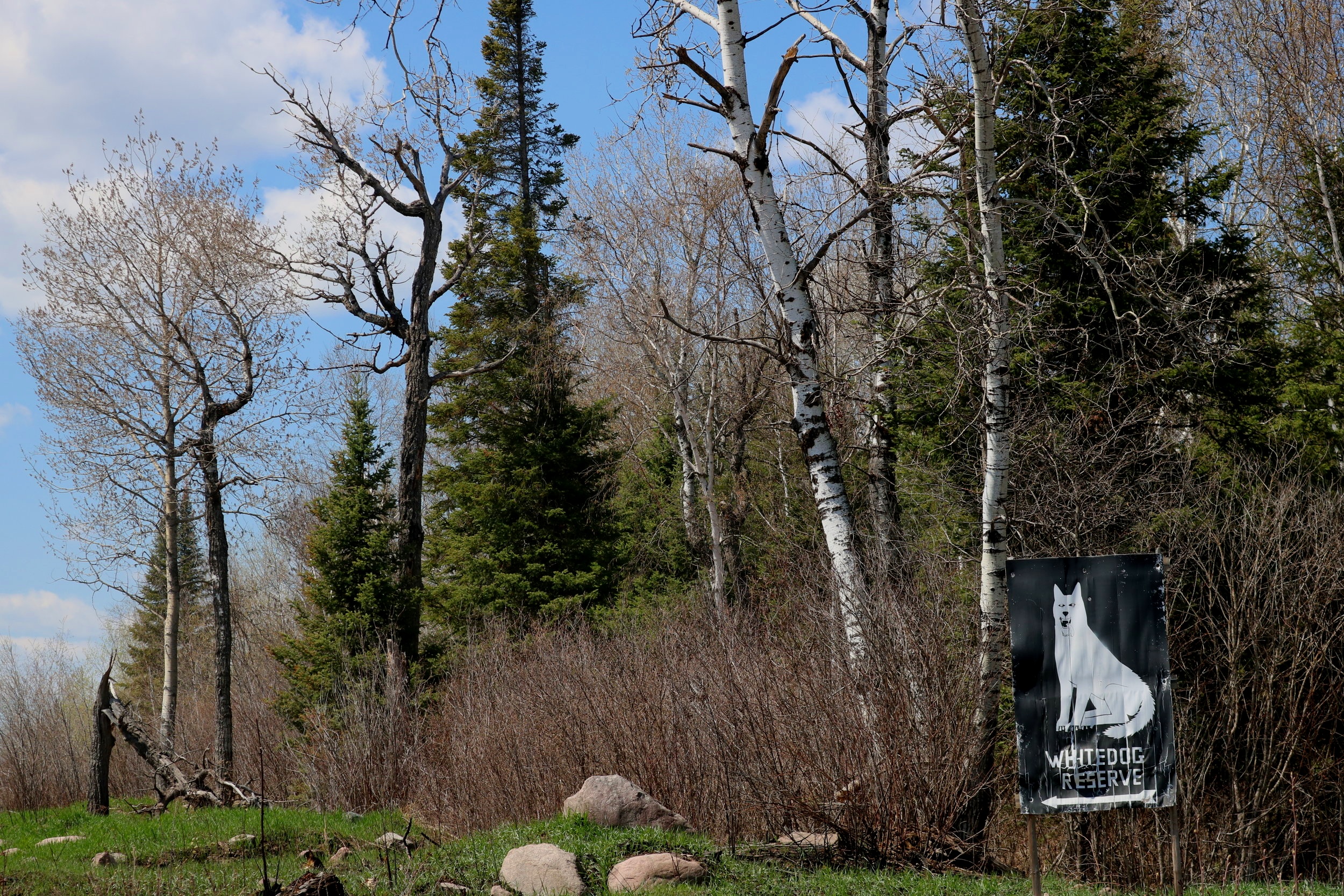Wabaseemoong Independent Nations
Wabaseemoong Independent Nations (WIN) represents approximately 2,000 Ojibwe people. Of those, 1,280 live on-reserve in one of three communities:
- One Man Lake,
- Swan Lake,
- and White Dog.
Wabaseemoong follows the Indian Affairs electoral policy, and is governed by a Chief and three councillors. We are a member of the Bimose Tribal Council, and of the Grand Council of Treaty 3.
Many traditional clans are represented in Wabaseemoong, including loon, pelican, mallard, eagle, hummingbird, catfish, sturgeon, turtle, fisher, caribou, lynx, bear, moose and caribou.
While some families maintained their traditional last names through the generations, many of us carry the last names of Hudson Bay Company traders or missionaries who initially recorded Band lists, such as Cameron and McDonald.
Three Communities

As mentioned Wabaseemoong is composed of three communities:
One Man Lake, Swan Lake, and White Dog.
Originally there were more individual settlements, but the government didn’t recognize them, and grouped them together as White Dog.
The three communities were separate until the 1950’s, when they amalgamated into the Islington Band of Saulteaux for the fight against hydroelectric development and the consequent flooding of their traditional lands.
In 1992, the Islington Band changed its name to Wabaseemoong Independent Nations to better reflect its Anishinaabe tradition.
White Dog is the main hub of Wabaseemoong, and is the location of the Band Office and the post office. Its elementary school, Mizhakiiwetung Memorial School, serves children from kindergarten to grade 8.
The closest access to hospital and medical care, police, RCMP, and fire services is Kenora, Ontario, which is 120 kilometres south.